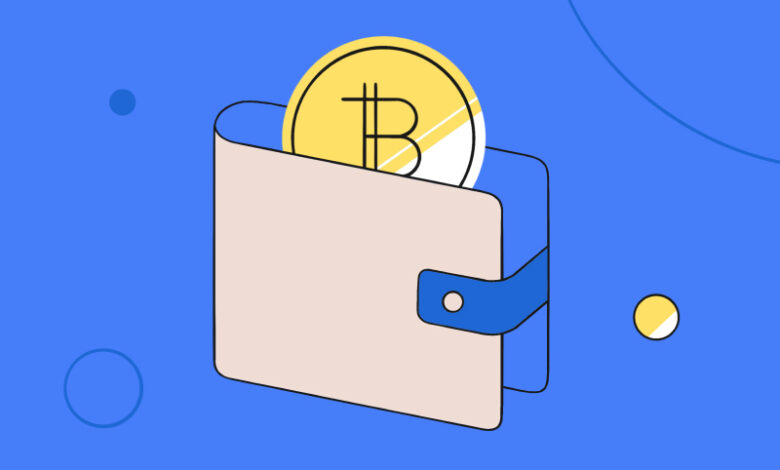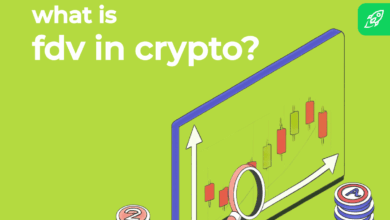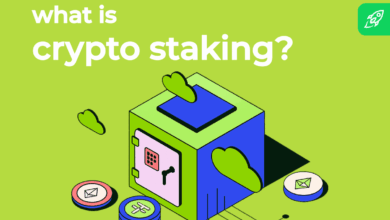My recovery phrase doesn’t work! How to backup your seed phrase correctly

So you’ve popped your crypto cherry. Bought some Bitcoin, held them in your own super secret wallet no one else knows about. You’ve got your watchlist bookmarked, your portfolio app slowly tracking your stash as it grows in value.
All’s well and fine for years. Until your phone/computer/hardware wallet is gone.
No problem. You’ve got your recovery phrase backed up, just as you were taught to when you first learnt about crypto security.
But then it doesn’t work. You enter and re-enter the phrase, word by word, triple checking the spelling and order. But the “next” button on your new wallet remains greyed out.
If this has ever happened to you, you’re not alone. A cursory search on popular Bitcoin forum Bitcointalk and on Bitcoin subReddits turns up more than a handful of people with the same problem.
- “Recovery phrase not working, $200 reward.” (Bitcointalk)
- “Invalid Recovery Phrase” (Reddit)
Like you, they’ve just discovered the awful truth about backing up Bitcoin wallets – simply relying on your recovery phrase isn’t nearly enough.
If you’re not new to Learn Crypto, then you’re probably wondering why this article is suddenly claiming that storing a secret recovery phrase isn’t nearly enough as a crypto wallet backup.
In truth, the recovery phrase is all you need as a backup (and we do recommend keeping them in separate secure locations, maybe even in a safe deposit box). For most people and most cases, they should be avle to restore access with just the phrase.
However, there are some instances where other information is also important to ensure a smooth recovery process – as demonstrated by the cases mentioned earlier in the article, where people have found that they can lose access to their crypto wallets by failing to use their carefully-stored secret recovery phrase.
Today, a secret recovery phrase can consist of 12, 15, 18, 21 or 24 words. Of these, 12 and 24 are the most common – so count the individual words and make sure they tally.
Sequence matters so make sure you’ve written the secret recovery phrase down in the correct order. If you’re jumbling them up for extra security, make sure you know how to derive the correct order.
Spelling also counts, and some of the words can look similar if not carefully recorded. In one of the examples we shared above, the user’s problem was finally solved when it was discovered that their secret recovery phrase was not spelled correctly. The confusion? The word “annual” with “animal”.
When creating a wallet, you’re usually asked to re-enter the recovery phrase. Do this manually by typing out each word from your written backup, instead of copying and pasting from a digital copy. This ensures you’ve written them down correctly.
You might even want to attempt a recovery before using your new crypto wallet – restoring it on a new device just to see if the phrase works.
Now a major issue with crypto wallets is that there are so many of them.
The good news is that most wallet software developers have attempted to adhere to common standards. This means that most wallets understand how to use a seed phrase in the right way.
The ability of a wallet to do this is laid out in a type of documentation called “Bitcoin Improvement Proposals” or BIP.
BIPs describe how everything in Bitcoin works.
One version of how a seed phrase works is described in the documentation designated as BIP39. This is also currently the most commonly adopted way to derive a seed phrase. Wallets that use this version are said to use a BIP39 derivation path.
Under the hood, a BIP39 wallet can translate your 12 to 24-word seed phrase into the actual seed that it understands.
The bad news is that not all wallets use BIP39. Other competing standards include BIP44, BIP49, and BIP84. Some don’t even use a standard, and others don’t implement the same standard in the same way.
So it’s really important that you record the derivation path for your wallet when recording your seed phrase. That way, you can use a wallet that understands your seed phrase when restoring it.
d. Find out the name and version of your wallet and crypto
This is all related to the above, but it’s also important to note the name of your wallet, along with the version you’re using, and the type of crypto you’re using.
This is because some crypto wallets no longer work with older versions, or don’t support the same coins on a different version.
So, for example, if you’re using Electrum, you might want to record not only your seed phrase, but:
- The version number (currently 4.4.3 as of May 2023)
- The device you’re installing on (Android, Windows, or Mac?)
- The crypto you’re using (Bitcoin)
Ouch, we know. We had to use so many technical terms in this article because this is how the documentation in crypto wallets will refer to them, and that’s how you’ll locate them, if they are available.
Now that you know this, it’s worth mentioning that not all crypto wallets make this information readily available, if at all. It’s best to avoid wallets that don’t even publish this information in case they cease development and your new device in the future doesn’t support the wallet.
Thankfully, there is a useful website called WalletRecovery that publishes a current list of major crypto wallets, along with this information: https://walletsrecovery.org/.
It’s a good place to head over to if you ever find yourself locked out from all your funds because your seed phrase didn’t work.
Just to get this out of the way, you might come across several terms, depending on the wallet, that really refer to the same thing.
We’re using the term secret recovery phrase here to refer to the fact that it’s a phrase that you’ll use to recover a wallet.
They’re also called seed phrases, because the phrase acts as a seed for your wallet, from which the other components are derived – the private keys and the public keys.
Some wallets refer to these as secret phrases as… they’re supposed to be a phrase known only to the owner.
Finally, you might also encounter the term “mnemonic” phrase. Mnemonic means “easy to remember. The phrase is so-called because of the form of the modern seed: a set of legible words that is easier to remember than a long string of random characters… that is, if you understand the language!
They all refer to the same thing.
Another point of confusion with crypto wallets is the relationship between private keys and seed phrases. So we’ll round off this article with a brief examination of these two components of a crypto wallet, how they’re related, and how they work together.
You know that popular mantra about “Not your keys, not your crypto”? It’s often suggested that you only need your private key to control your crypto. And that’s not untrue – your private key is what gives you access to the crypto on the blockchain.
The private key is and was always the central element of crypto. Whenever you create a blockchain address, you generate a private key as well as a corresponding public key.
The public key is the visible crypto address that you can share, it’s how people can send you crypto. The private key allows you to unlock that address, access what’s inside, and send crypto out from it.
Now this private key itself poses a bit of a user problem because it’s a really really long string of random alphabets and numbers. Technically, the private key is a 256-bit number, which is usually represented as a 64-character line.
Now imagine having to enter a 64-character password each time you use crypto! Easy to make mistakes and completely impractical to use, right?
In the very early days of crypto, wallets actually generated a set of private keys and public keys. Every time you needed new addresses, the wallet would need to generate a new set of keys. You’d have to backup the different wallet files for all these different sets.
Later, wallets implemented a “master seed” system that created a single seed for every wallet. This seed would be enough as a backup, as all future keys generated from that wallet could be determined from that same seed.
Hence, the term “deterministic wallets”, wallets that first used a single seed as a backup.
The most advanced form of deterministic wallets arranges everything in a tree-like structure, beginning from the seed. The seed can produce the parent keys, the parent keys can produce the child keys, and so on… in a hierarchy.
This is where the term hierarchical deterministic (HD) wallets comes from – you might see this used to describe many popular wallets today, including Electrum, Trezor, Ledger, and MetaMask.
Seed phrases, however, were still made up of a rather long string of characters, so the next generation of wallets improved the seed technique, making it a readable way for people to use a number of words
Thus was formed the “mnemonic phrase” or “secret recovery phrase” term that we now use.
So the recovery phrase is what you might say is the other side of the whole coin. To put it in another way, the secret recovery phrase is, in fact, all of your private keys – only, in a different format that’s easier for you to understand.
So there you have it. A complete guide on how to properly create a backup of your crypto wallet by storing the secret recovery phrase, as well as any identifiable information from your wallet.
That way, you’ll be extra confident and better equipped to not lose access to all your funds just because you didn’t store your seed phrase correctly.





